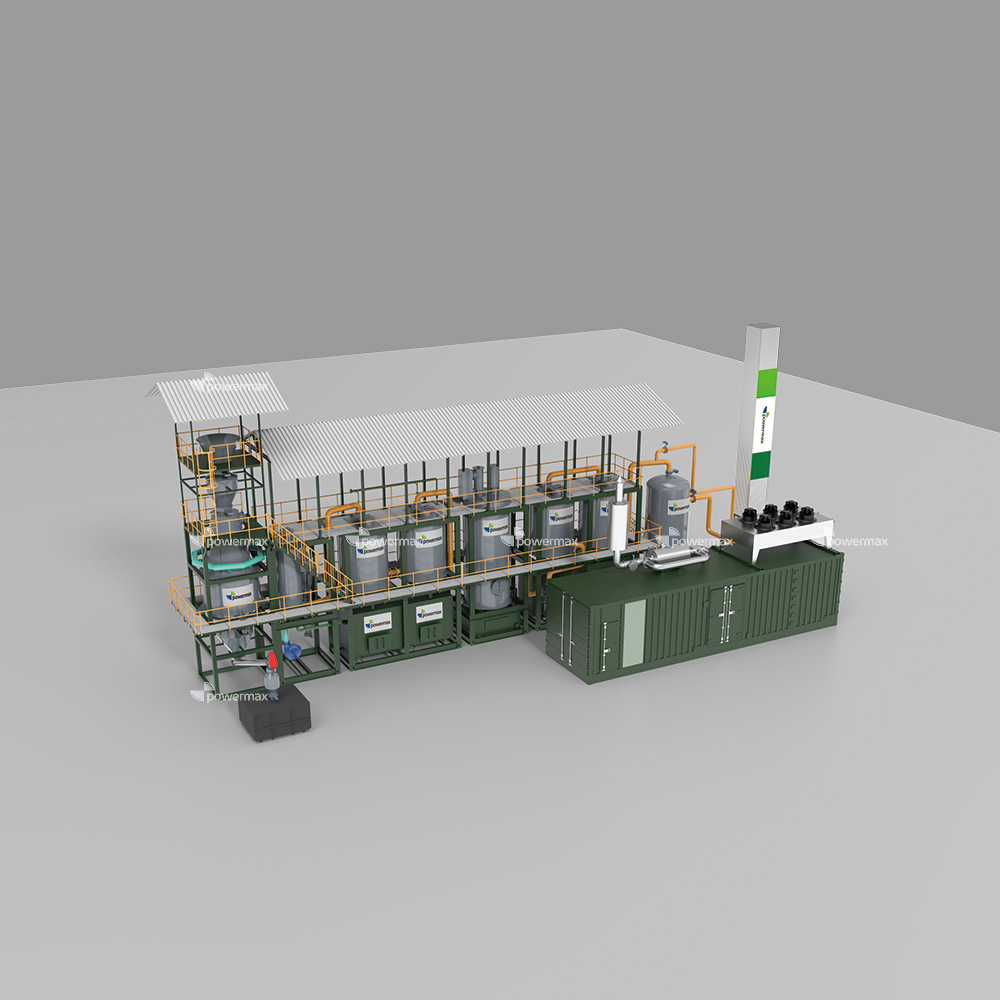
Biomass as Gasification Fuel
Biomass as Gasification Fuel
Aug 17, 2019
Great environmental concern is expressed over the release of CO 2 from the burning of fossil fuels. When fossil fuels are burnt, carbon from fuels react with oxygen from air and produce CO 2 . This is the reason for steady increasing CO 2 content of atmosphere. Carbon dioxide contributes to 50% of green house effect.
One of the remedies to limit the rising content of CO 2 in the atmopshere is energetic use of biomass fuel. Biomass is basically an organic material, which includes wood, crop residues, solid waste, animal wastes, sewage, and waste from food processing. Biomass is made up of mainly carbon and hydrogen.
When biomass is burnt, CO 2 is released in the atmosphere. Released CO 2 is absorbed by growing plants during the photosynthesis, keeping CO 2 content in the atmosphere same. Biomass gasification is one of the technologies of energetic use of biomass.
Theoretically, any biomass material with moisture content of 5-30% can be gasified as the basic composition of carbon, hydrogen and oxygen is same. This means that agricultural wastes such as cotton stalks, saw dust, nutshells, coconut husks, rice husks and forestry residues - bark, branches and trunk can be used for gasification.
One of the remedies to limit the rising content of CO 2 in the atmopshere is energetic use of biomass fuel. Biomass is basically an organic material, which includes wood, crop residues, solid waste, animal wastes, sewage, and waste from food processing. Biomass is made up of mainly carbon and hydrogen.
When biomass is burnt, CO 2 is released in the atmosphere. Released CO 2 is absorbed by growing plants during the photosynthesis, keeping CO 2 content in the atmosphere same. Biomass gasification is one of the technologies of energetic use of biomass.
Theoretically, any biomass material with moisture content of 5-30% can be gasified as the basic composition of carbon, hydrogen and oxygen is same. This means that agricultural wastes such as cotton stalks, saw dust, nutshells, coconut husks, rice husks and forestry residues - bark, branches and trunk can be used for gasification.
Previous:
1000KW finished installation in Myanmar



